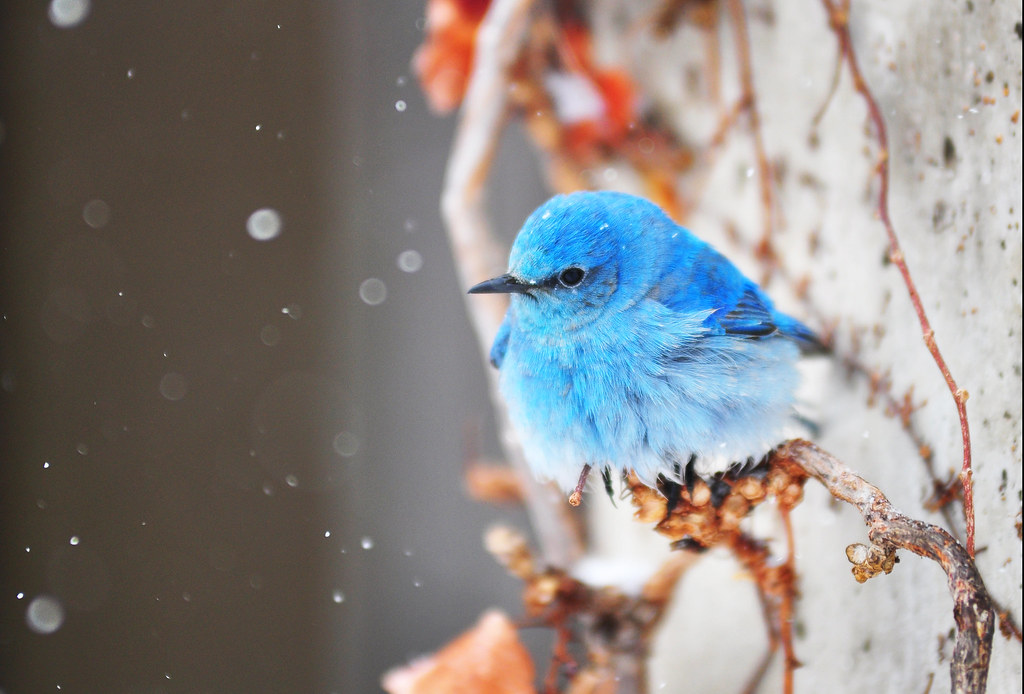The greater sage-grouse is the largest species of grouse which can be found in North America.

They are named for their reliance on sagebrush. Where these plants are removed these birds are unable to survive. This limits their occurrence to areas of the western US and two Canadian provinces.
Greater sage-grouse (Centrocercus urophasianus) are one of more than 350 species that inhabit the sagebrush-steppe ecosystems of western North America. Females hatched this spring will live up to seven years; males will live an average of three years.
Males gather together at a site known as a lek where they will all display for the females. The most impressive males will mate with the females who then go away and lay their eggs.
These birds have been increasingly impacted by the loss of their habitat and an increase in gas exploration.
While some birds die from disease or collisions with fencing, wildlife biologists say that they generally don’t die of old age. Sage-grouse are prey: the length of an individual bird’s life is determined by how long it can evade encountering other animals — predators — that sit higher in the ecosystem’s food chain.
Appearance
The greater sage-grouse is aptly named being the largest species of grouse found in North America. Average adults measure 48-76cm (19-30in) long with a weight of between 1.5 and 3kg (3.25 and 6.5lbs).
Males feature an ornate body. The head is colored grey on the crown. Their upper chest is colored brown with buff in the middle. On the neck is a ruff of white feathers. On the abdomen is a large black patch of feathers. Males have much longer tails than the females.

Females are colored gray and brown across most of their body. On the throat they have white and gray feathers.
Diet
Greater sage-grouse are omnivores. They feed on plants and insects. As they lack the muscular gizzard seen in similar species they cannot feed on hard seeds and instead rely primarily on sagebrush.
Young begin life feeding primarily on insects but transition to foliage by adulthood.
Range
North America is the native home of the greater sage-grouse. Here they can be found in parts of the United States and Canada. They are found in the west of the continent.
Their range covers the following states – Washington, Oregon, Idaho, Montana, North Dakota, Eastern California, Nevada, Utah, Colorado, South Dakota, Wyoming, and the Canadian Provinces of Alberta and Saskatchewan.
Habitat
These animals rely on the presence of sagebrush in their habitat. They will also use wetland and wet meadows.
Reproduction
During the breeding season, which takes place in April, the males will gather at a communal display site known as a lek. Here they perform a display in hopes of gaining the attention of a female with which they can mate.

During this display he spreads the pointed tail feathers and a ruff of feathers around the neck. He then begins to create loud bubbling noises which can carry across large distances. These are possible due to the air sac on the breast.

Following mating the female will deposit between 7 and 15 eggs in a nest which are colored olive-buff with some spots. The nest is built in the cover of a sagebush. It is a shallow depression which is lined with plant material.
The female will incubate the eggs for one month.
At hatching young can move quickly and are able to begin feeding on invertebrates soon after birth. Young can first fly at a week old.
Sexual maturity is achieved by the next breeding season.
Behavior
Outside of the breeding season these birds will move around in single gender flocks. During spring they will gather together at the breeding sites.
Predators and Threats
Populations of the greater sage-grouse are considered to be decreasing. At present the total population is estimated to include 150,000 individuals. Previous estimates put their population at as much as 16 million.
This species is increasingly threatened by habitat clearance and degradation. A major contributor to this is increases in cultivation of crops and overgrazing by domestic stock.
Increasingly the sagebursh on which they rely is being removed through increased wildfire activity.
Their lek breeding sites are being disturbed by natural gas exploration. These structures also provide a site for predators to hunt from adding another threat.
Disease is an increasing threat with large numbers being affected in recent years by the West Nile virus.
They may be the subject of collisions with barbed wire, electrical wires and wind turbines.
These birds are the subject of extensive conservation efforts and are seen as an umbrella species. This means that their conservation also assists a large number of other species in the same area.
Quick facts
They are the largest species of grouse in North America.











